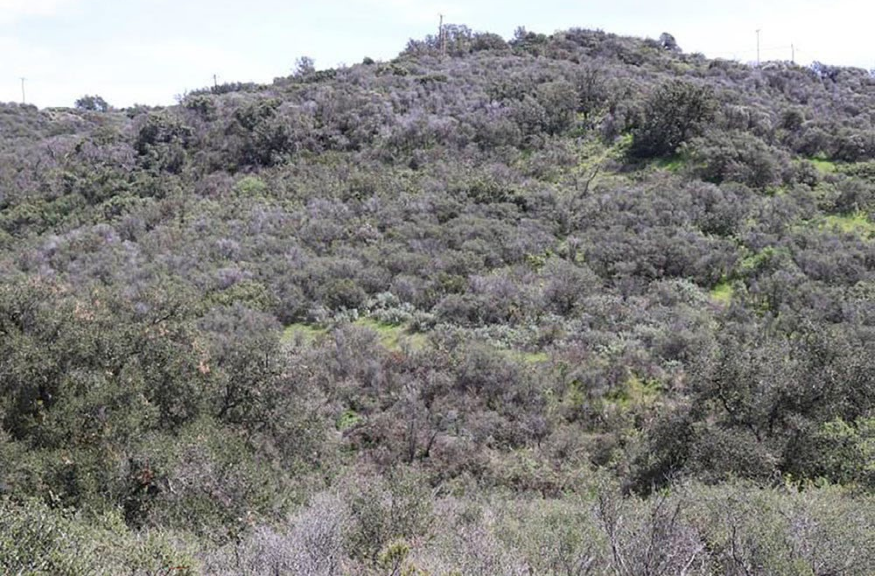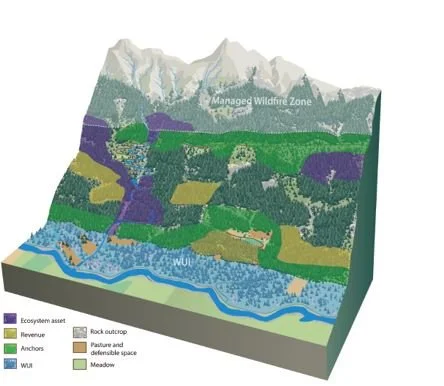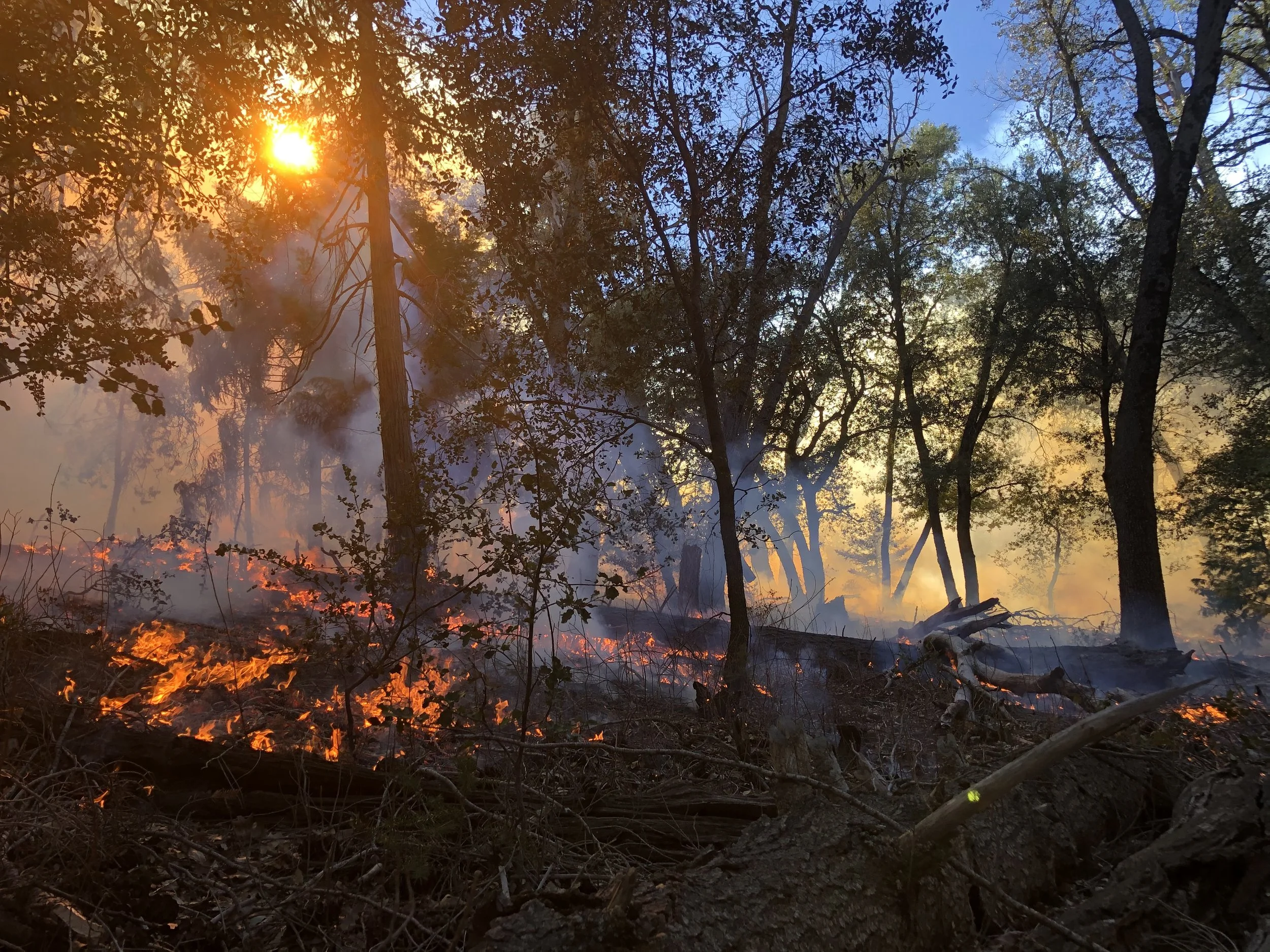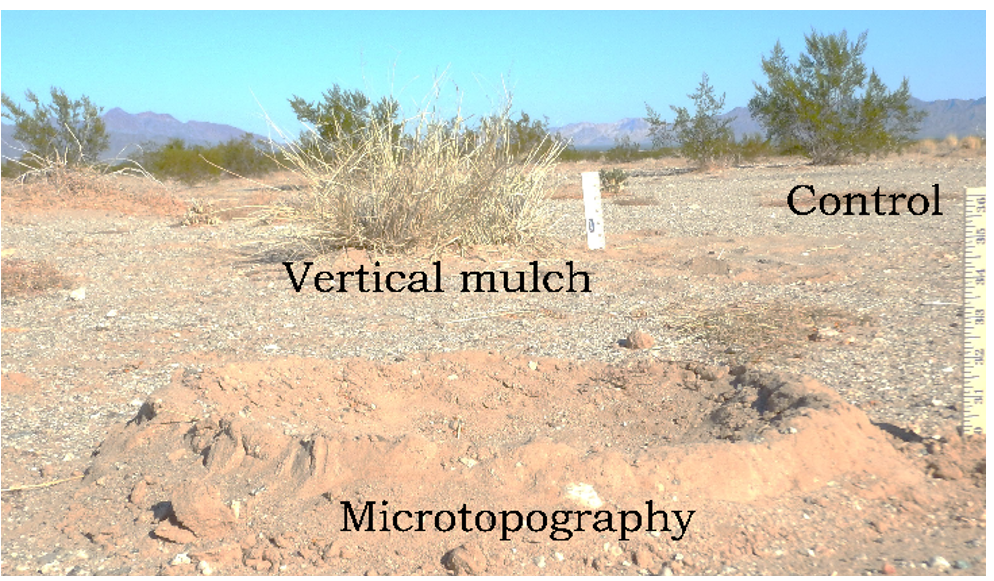Mountain quail: the lucky beneficiaries of high-severity fire
/This study uses bio-acoustical monitoring to characterize the habitat of mountain quail in the California Sierra Nevada. Findings include that high severity wildfires may promote vegetation structures that are beneficial for mountain quail.
View Full Article (open access) >
Read More





















